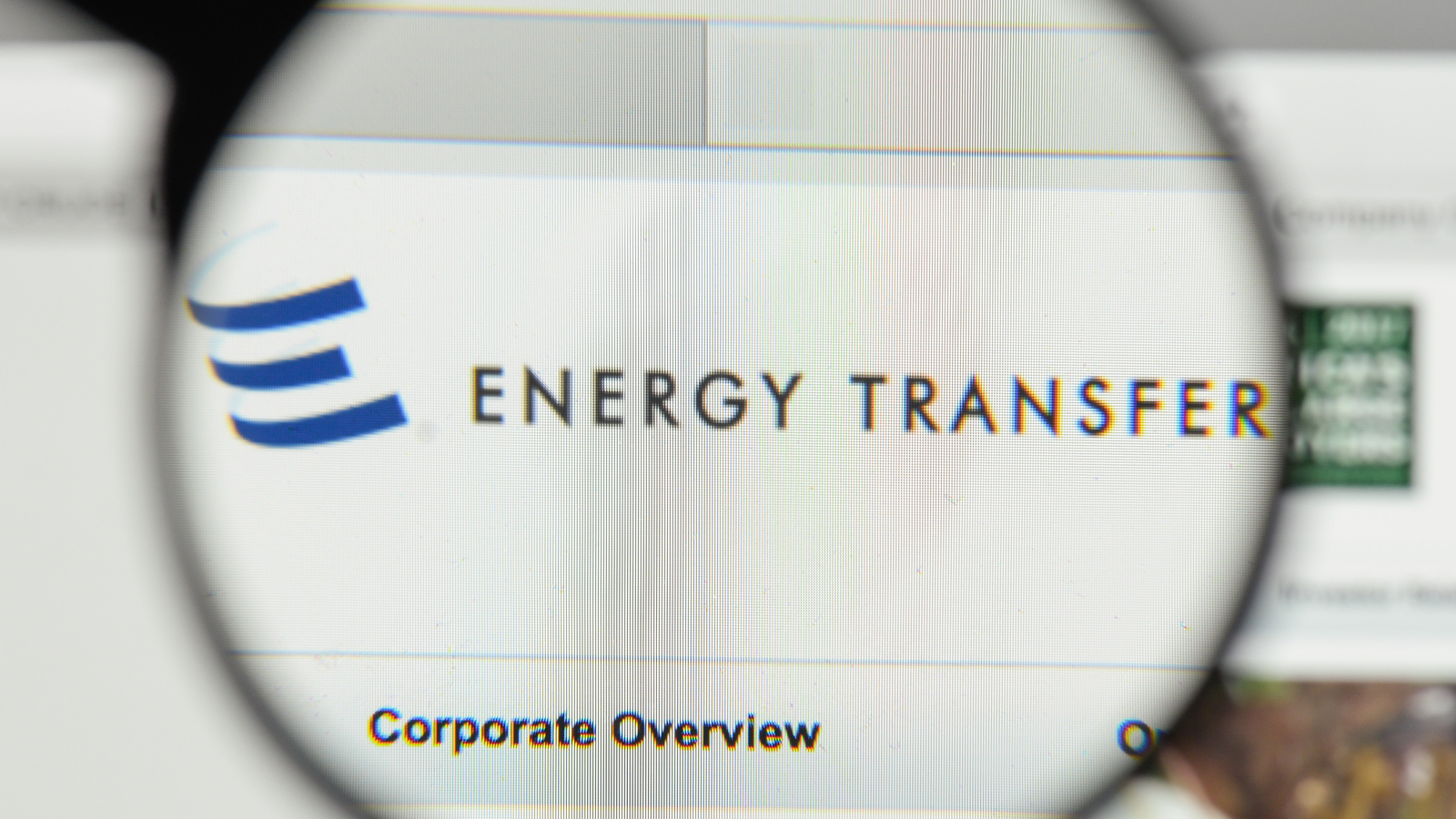Energy Transfer (NYSE:ET), the midstream pipeline and oil storage company, looks like an interesting stock in which to invest. It has an astounding dividend yield of 20.6% annually. But on further inspection, you realize that there is a problem here since ET stock has been falling, not rising.

In other words, it’s as if the market does not believe that the dividend rate is sustainable. Investors are selling it because they want to get out before the dividend rate is cut. They want to exit before the stock falls even further.
For example, since the first quarter of 2018, Energy Transfer has paid the same quarterly dividend payment, 30.5 cents per quarter. However, the ET stock has fallen during that period from a peak of $18.90 on Jan. 25, 2018 to $6.
Moreover, ET stock has fallen 57% in the last year, 53% year-to-date, and even 10.8% in the past six months. So, what is the problem?
Energy Transfer Pays For Its Dividend With Debt
As I suggested, the market does not believe that the high dividend yield at Energy Transfer can last. One reason is that cash flow from operations after capex spending, i.e., free cash flow (FCF), cannot support the dividend rate.
For example, in the past year, Energy Transfer produced $1.21 billion in FCF over the last 12 months. But the 30.5 cents dividend per share cost $3.1 billion. Therefore, it had an FCF deficit compared to the dividend of $1.876 billion, or almost $2 billion.
Not surprisingly then, the company’s debt rose by $4.8 billion to $51.3 billion in the last year. In other words, the company covered the $2 billion deficit by borrowing over twice that amount.
That is not going to make ET stock rise. People are not stupid. Long term holders understand that if your investment has to borrow to cover most of the dividend payment, then it subtracts value from the company overall.
By the way, this shows up in Energy Transfer’s shareholder equity or book value. The tangible book value has fallen in the last year from $10.1 billion to $9.9 billion. The per share tangible book value is down from $3.86 per share to $3.69.
Therefore, the value of the high dividend yield for the investor is partially eroded by both the lower book value and the lower stock price.
Total Return Of Energy Transfer Stock
Here is the problem in a nutshell. The stock has fallen in the past year by more than the dividend payments. For example, there have been five dividend payments of 30.5 cents per share from Aug. 19, 2019, to Aug. 20, 2020. That totals $1.525 per share.
However, ET stock has fallen from $13.80 to $6. That is a loss of $7.80 or 57.5%. Even after the dividend payments of $1.525, the net loss is still almost 50%, even though the dividend has stayed the same over the period.
The point is that investors don’t believe that the price of oil will be high enough to produce enough cash flow to cover the dividend over the next year.
Moreover, analysts polled by Seeking Alpha believe that earnings per share this year will be just 86 cents per share, well below the $1.22 per share dividend.
This same is true for 2021. They estimate just 92 cents per share, still below the dividend payment. In other words, the company will still likely be taking on debt to cover a part of the dividend.
What To Do With ET Stock
If you believe that the price of oil will turnaround this coming year, then it’s possible that the dividend will be at the same level over the next year. That assumes the company expects to make enough cash flow to cover it.
Or maybe management does not care about the extra debt to fund the dividend payment. In that case, the stock may rebound with an expected oil price recovery. The 20% dividend yield will then be worth investing in at this point.
However, I do not believe that is investing using the margin of safety concept. In other words, it seems much more likely that management will have to temper the amount of debt they take on to pay for the dividend. This means they most likely will cut the dividend amount, lowering the ET stock dividend yield.
On the date of publication, Mark R. Hake did not have (either directly or indirectly) any positions in any of the securities mentioned in this article.
Mark Hake runs the Total Yield Value Guide which you can review here.
